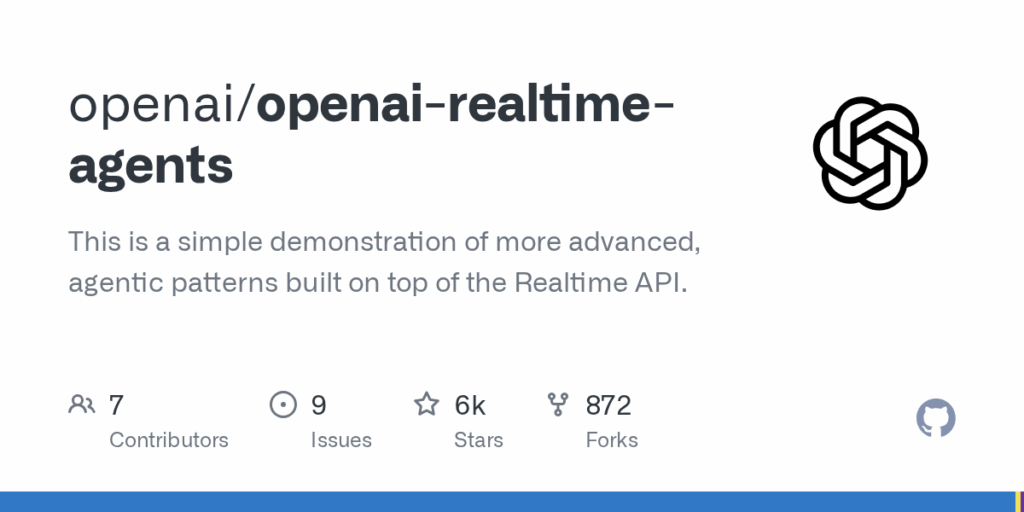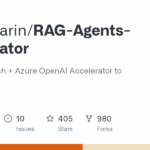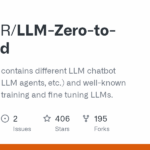openai realtime agents
Basic Information
This repository is a demonstration and starter kit for building realtime, voice-enabled AI agents using the OpenAI Realtime API together with the OpenAI Agents SDK. It is a Next.js TypeScript app that provides example agent configurations, UI flows, and code showing how to create, orchestrate, and hand off between agents in realtime. The README highlights two primary agentic patterns: a Chat-Supervisor pattern where a low-latency realtime chat agent defers complex tool calls and reasoning to a higher-capability text supervisor model, and a Sequential Handoffs pattern where specialized agents transfer sessions among each other via an explicit agent graph. The repo includes example scenarios such as a simple greeter-to-haiku flow and a CustomerServiceRetail flow with authentication, returns, sales agents, and an escalation to a reasoning model. It also shows session creation, WebRTC handshake, ephemeral tokens, and event handling used to prototype multi-agent voice applications.








